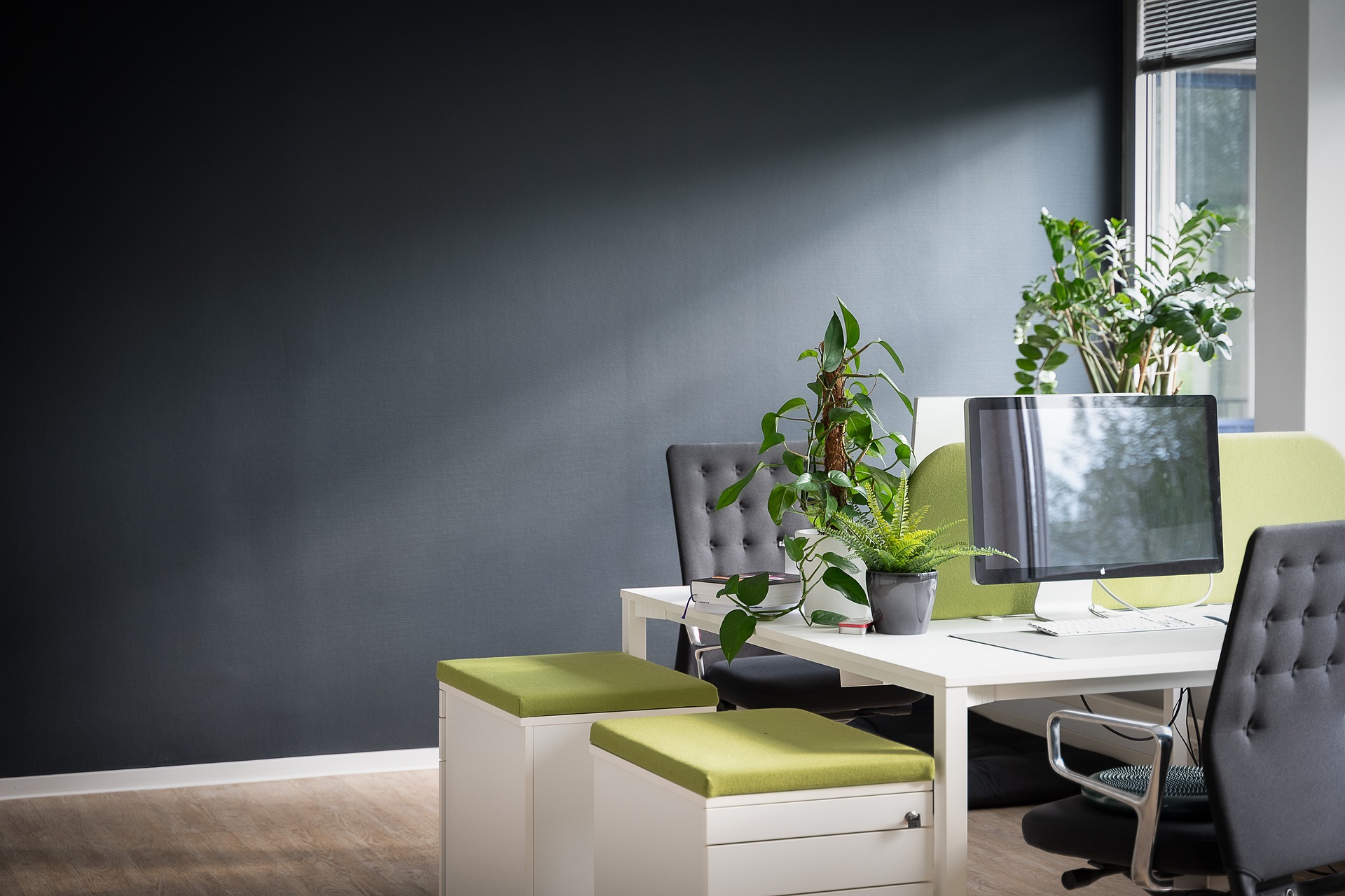Maximizing Small Spaces: Home Office Design for Tiny Apartments
In the bustling heart of urban living, where square footage comes at a premium, the challenge of carving out a functional home office space has become increasingly prevalent. As remote work continues to shape our professional landscape, city dwellers find themselves grappling with the task of creating productive workspaces within the confines of compact apartments. This shift has sparked a wave of innovative design solutions, transforming unused corners and reimagining multi-purpose areas. From clever storage hacks to space-saving furniture, the art of small-space home office design has evolved into a sophisticated blend of functionality and aesthetics. Let's explore the ingenious ways in which urbanites are reclaiming their living spaces to accommodate the demands of modern work life.

The Rise of Micro-Workspaces
The concept of micro-workspaces has gained significant traction in recent years, particularly in densely populated urban centers. These compact office setups are designed to maximize efficiency in minimal square footage, often utilizing vertical space and multi-functional furniture. The trend can be traced back to the early 2010s when the gig economy began to flourish, and freelancers sought ways to create professional environments within their homes. Today, micro-workspaces have become a necessity for many, as the global shift towards remote work has made home offices a staple in urban living.
Vertical Solutions: Harnessing Wall Space
One of the most effective strategies for creating a home office in a small apartment is to utilize vertical space. Wall-mounted desks, floating shelves, and pegboard systems have become popular choices for those looking to maximize their workspace without sacrificing floor area. These vertical solutions not only provide ample storage and work surface but also contribute to a sense of openness in the room. Designers are now incorporating modular wall systems that can be easily reconfigured to adapt to changing needs, offering flexibility in small living environments.
The Magic of Multi-Functional Furniture
In the realm of small-space home office design, multi-functional furniture has emerged as a game-changer. Pieces that serve dual purposes, such as a dining table that doubles as a desk or a murphy bed with an integrated workspace, have become increasingly sophisticated in their design and functionality. These innovative furniture solutions allow urban dwellers to maintain a separation between work and personal life without the need for dedicated rooms. The key to successful multi-functional design lies in seamless transitions between uses, ensuring that the space can effortlessly shift from office to living area as needed.
Embracing Minimalism in Office Aesthetics
The constraints of small apartments have led to a natural embrace of minimalist design principles in home office decor. Clean lines, neutral color palettes, and clutter-free surfaces not only create the illusion of more space but also foster a sense of calm and focus conducive to productivity. This minimalist approach extends beyond aesthetics to include a thoughtful curation of office supplies and equipment. Wireless technology and cloud-based storage solutions have further enabled the streamlining of physical workspace requirements, allowing for sleeker, more compact office setups.
Innovative Storage Solutions for Small Offices
Storage remains a critical challenge in small home offices, prompting designers to develop creative solutions that maximize every inch of available space. Hidden compartments in furniture, under-desk storage units, and ceiling-mounted organizers are just a few examples of the innovative approaches being employed. The key to effective storage in small spaces lies in customization and organization. Many urban professionals are turning to bespoke storage solutions tailored to their specific needs, ensuring that every item has its place without contributing to visual clutter.
The Psychology of Color in Compact Workspaces
Color psychology plays a crucial role in small home office design, influencing mood, productivity, and perceived spaciousness. While light, neutral tones are often recommended for making spaces appear larger, strategic use of bold colors can create focal points and add depth to a room. Many designers are now experimenting with color blocking techniques and accent walls to define work areas within open-plan living spaces. The choice of color palette in a home office can significantly impact one’s work experience, making it an essential consideration in small-space design.
Lighting Strategies for Small Home Offices
Proper lighting is paramount in small home offices, not only for functionality but also for creating a sense of space and ambiance. Natural light is highly prized in urban apartments, and designers are finding innovative ways to maximize its benefits. Strategically placed mirrors, glass partitions, and light-reflecting surfaces can help distribute natural light throughout a compact workspace. When natural light is limited, layered artificial lighting becomes crucial. A combination of task lighting, ambient lighting, and accent lighting can create a well-lit, inviting workspace that doesn’t feel cramped or oppressive.
In conclusion, the art of designing home offices for small urban apartments has evolved into a sophisticated discipline that combines creativity, functionality, and aesthetics. As more professionals embrace remote work, the demand for innovative small-space solutions continues to drive advancements in furniture design, storage solutions, and spatial planning. The key to success lies in embracing the constraints of compact living and viewing them as opportunities for creative problem-solving. By leveraging vertical space, investing in multi-functional furniture, and adopting minimalist design principles, urban dwellers can create productive, inspiring workspaces that seamlessly integrate into their living environments. As we look to the future, it’s clear that the trend towards flexible, space-efficient home offices will continue to shape urban living and work culture for years to come.





